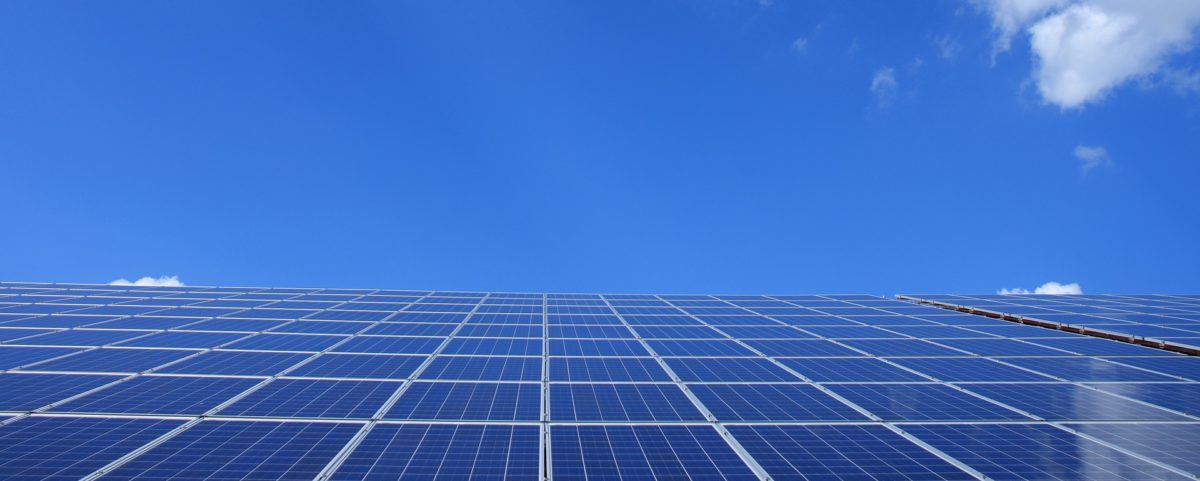There’s lots of information being pumped out by the anti-renewables lobby about how renewable energy causes great increases in the costs of upgrading electricity networks, but in fact there’s a lot of ways in which decentralised energy will actually REDUCE network costs. A recent study from California emphasizes how the cheapest path to clean energy is a mixture of large renewable energy projects and small decentralised renewables (mainly solar pv) linked to battery storage systems. Solar pv-battery systems can exist as a mixture of domestic systems and larger ground-mounted systems.
There isn’t yet a similar study for the UK (the big energy companies who fund these things won’t want the truth leaking out!), but there’s logic to suggest that much the same thing might be the case in the UK. Sure, the UK isn’t as sunny as California, although in winter there’s a lot of wind power. But in any case the untold secret of a decentralised solar-plus-battery system is that the batteries will soak up electricity produced from whatever sources so as to even out the pressures on the electricity network. By reducing pressure on the electricity network both transmission and distribution network costs can be reduced.
Of course the rub is that these battery systems which will reduce network costs are themselves made economic by being associated with the solar pv systems – and the same things works the other way around. The solar pv systems are made more economic by being alongside the batteries. Indeed these sorts of systems are so cheap that they are being installed already in the UK at two levels without even any incentives for the Government.
First, as reported in the trade press, companies like Gridserve are doing solar pv-battery systems. The batteries can soak up energy from the solar panels when there is a lot of electricity being generated and electricity prices are low and then sell it back to the grid at other times of the day or night when electricity prices are higher.
This sort of ‘arbitrage’ trading can now also be done at the second, domestic household, level. An even quieter revolution is taking place as ordinary households can now install solar pv plus battery systems for costs that would have been regarded as fancifully low five years ago. One company called ‘Growatt‘ is currently offering a system comprising 5.5 kW of solar pv and a 6.5 kWh battery for less than £9000 (note: five or so years ago you could have been doing well just to get the solar pv for that price!). This system works best with a supplier like Octopus who offers a time-of-use tariff so that you can charge the batteries when it is cheapest to do so whether from the grid or the solar panels. Solar pv is used when buying electricity from the network is expensive and stored in the battery when network prices are cheap. Then the batteries can power consumption when prices are higher and it isn’t sunny enough to generate much solar pv.
Of course there’s also a novel energy storage company, Sunamp, that is offering the possibility the use solar pv to heat and store water. As they say: ‘SunampPV stores excess electricity from a Solar PV
array as heat. This delivers high flow rate hot water on demand, so that your instant water heater or combi boiler can operate much less, saving you money’
So, you’d expect the Government to be shouting about all of this and giving this nascent new decentralised energy industry a boost? No way! The Government will be told what is needed by the big energy companies who definitely want to keep decentralised energy a secret – especially as it gets in the way of their incessant demands for featherbedding, whether it is for capacity payment subsidies for large power stations or massive handouts to nuclear power plant.
David Toke
Donate to our fund to commission a 100 per cent renewable energy model for the UK! Go to the link here

Up to a point, as well as dealing with short term variations in supply and demand, local generation and batteries can help reduce power transfer needs, but when there is a long lull in local green power, you will need to top up with green power from elsewhere including from large stores, so you will need the grid links to be there. Some of this demand will be for heat. That is why it may make sense to retain the gas grid, repurposed for hydrogen transmission: it has 4 times the capacity of the UK power grid. Take that away and you may need a bigger grid, even if you are using heat pumps which can be 4 times more efficient than gas heating
additional electricity sales brings with it more income to pay for any upgrades needed – embedded in your electricity bill (for each kWh you consume) are use of system charges. So more kWh consumed = more money to pay for the network system. There’s no need to retain a gas grid for that reason
The grid can’t deliver energy from elsewhere unless there is a coincident surplus somewhere else that matches your deficiency. That will be true some times and some times not. If not, the solution is “demand management”.